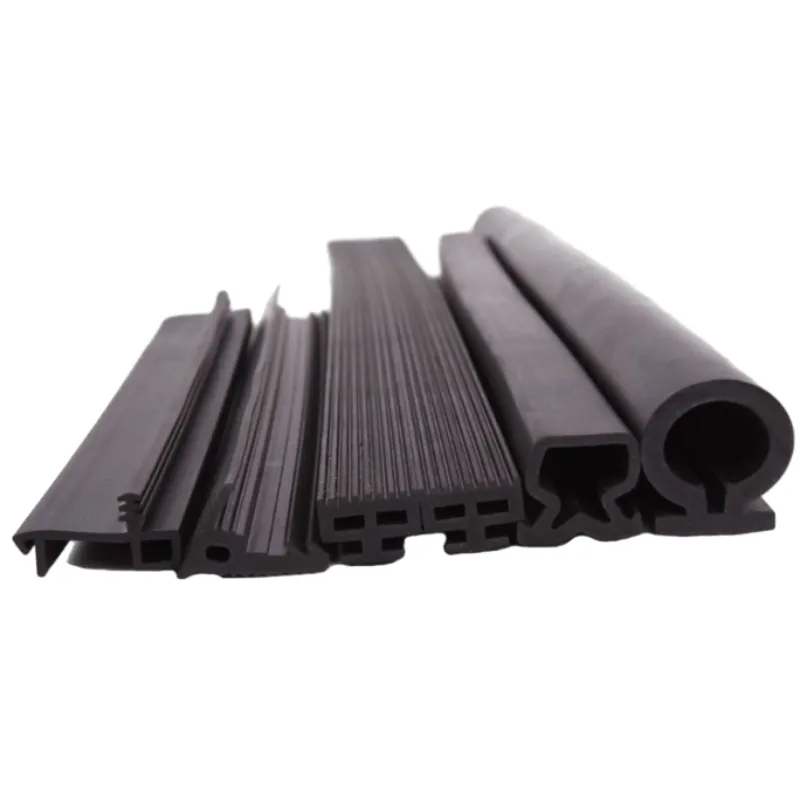door bottom weatherstripping types
Types of Door Bottom Weatherstripping A Comprehensive Guide
Weatherstripping is an essential component of any home or building, primarily serving the purpose of sealing gaps around doors and windows to prevent air and moisture infiltration. One of the critical areas that require attention is the bottom of doors, where the gap can lead to energy loss and various other issues. Door bottom weatherstripping is specifically designed to address these concerns. In this article, we will explore various types of door bottom weatherstripping, their materials, benefits, and how to choose the right one for your needs.
1. V Strip Weatherstripping
Also known as tension seal, V strip weatherstripping is made from durable materials such as vinyl or polyester. Its unique design features a 'V' shape that creates a tight seal when pressed against the door frame. V strips are ideal for sealing gaps along the sides and top of doors, but they can also be used at the bottom. They are easy to install and highly effective in reducing air leaks.
2. Door Sweeps
Door sweeps are one of the most common types of weatherstripping for the bottom of doors. These devices consist of a long strip fitted with a flexible material (such as rubber or vinyl) that brushes against the floor. Door sweeps can be attached to the inside or outside of a door and are available in various lengths to accommodate different door sizes. They are particularly effective in preventing drafts, dust, and pests from entering your home.
3. Automatic Door Bottoms
For those seeking convenience and efficiency, automatic door bottoms are an excellent choice. These sophisticated weatherstripping systems automatically lower a seal when the door is closed and retract when the door opens, creating a tight seal only when needed. This type of weatherstripping is particularly beneficial for commercial settings, where high traffic can lead to wear and tear on traditional seals. Automatic door bottoms can also provide enhanced energy efficiency and noise reduction.
4. Foam Weatherstripping
Foam weatherstripping is another popular choice for sealing the bottoms of doors. Typically made of closed-cell foam, this type of weatherstripping is flexible, compressible, and easy to install. It is an affordable option that provides good insulation and is effective in filling irregular gaps. However, foam weatherstripping may not last as long as other materials and may require replacement more frequently.
door bottom weatherstripping types

Magnetic weatherstripping uses powerful magnets to create a tight seal at the bottom of doors. This type is commonly found in storm doors or patio doors. The magnetic strip aligns perfectly with the metal counterpart on the doorframe, ensuring a secure closure. Magnetic weatherstripping is known for its durability and ability to withstand varying temperatures, making it suitable for extreme weather conditions.
6. Rubber or Vinyl Gasketing
Rubber or vinyl gasketing is another effective option for door bottom weatherstripping. These materials are durable, weather-resistant, and can withstand a significant amount of wear. Gaskets are often coupled with nails, screws, or adhesive for secure installation. Available in various shapes and sizes, they can effectively seal the gap at the bottom of the door.
Benefits of Installing Door Bottom Weatherstripping
Investing in door bottom weatherstripping offers numerous benefits. Firstly, it significantly improves energy efficiency by minimizing air leaks, which can lead to lower heating and cooling costs. Secondly, effective weatherstripping prevents moisture from entering your home, reducing the risk of mold and mildew growth. Lastly, proper sealing enhances comfort by maintaining a consistent indoor temperature and blocking out external noise and pollutants.
Choosing the Right Weatherstripping
When selecting door bottom weatherstripping, consider factors such as the door type, the size of the gap, and the climate in your area. Assessing the durability of materials, ease of installation, and long-term maintenance requirements will also guide your decision. Always measure the gap accurately to ensure a perfect fit and consult with a professional if you are unsure which type to choose.
Conclusion
Door bottom weatherstripping is a small yet impactful investment that can enhance your home’s comfort and energy efficiency. By understanding the various types available and their respective benefits, you can make an informed choice that will keep your home warm and free of drafts for years to come. Whether through the classic door sweep or modern automatic options, effective sealing at the bottom of your doors is essential for a healthy, efficient home.
-
Under Door Draught Stopper: Essential ProtectionNewsJul.31,2025
-
Garage Door Seal and Weatherstrips for ProtectionNewsJul.31,2025
-
Edge Banding Tape for Perfect EdgesNewsJul.31,2025
-
Table Corner Guards and Wall Corner ProtectorsNewsJul.31,2025
-
Stair Nose Edging Trim and Tile Stair SolutionsNewsJul.31,2025
-
Truck Bed Rubber Mats for Pickup BedsNewsJul.31,2025
-
Window Weather Stripping for Noise ReductionNewsJul.29,2025